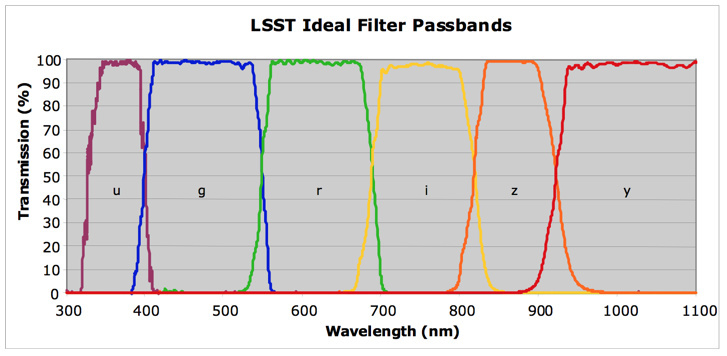Hi.
The fact is that each telescope team give the filter responses that they give. They are not always easy to find, and in many cases, they give very little information about them.
In general, we give the curves that we find.
Actually our ultimate goal is to provide the best curves, in each case, that can be used to generate synthetic photometry for theoretical models so that it can be compared to observed photometry.
One of the first set of filters that we included, years ago, in the service, was the one for 2mass survey, and they give the “official” curves including some average atmosphere.
That makes me think that it is better to have curves including everything (atmosphere too) when they are available and, otherwise, the best approximation available to the bandpass.
We are preparing a new version of the Filter Profile Service with two ideas in mind: (1) giving more information about what components are included in the curve, if the information is available (which fits very well this conversation) and (2) organize calibration information in a better way.
I really will appreciate very much any comment or suggestion about what you would like to find in such a service so that we can improve it as much as possible.
In what respect to atmosphere, I understand that every observatory does what @merlin comments. And they will also have zero points for each night. But at the end, they provide a final catalogue with just magnitudes, and some average zero points for the catalogue. In that case, to analyze those measures (for instance, to calculate equivalent synthetic photometry), what is better? having the transmission including some average atmosphere or without it?
@gpdf is right, and it seems a good idea. We actually keep the information about when the curves where uploaded, when some change has been made and so. So we could perfectly include that information. We’ll do in next version. Thanks for the comment (about user id, we have the information too, but it is always me 
And yes, we uploaded the curves yesterday. guillochon asked about them, we google for them, found them and included them in the service. And, by the way, calculated synthetic photometry for ~40 collections of theoretical models.
That’s the way it usually happens. We often discover new instruments and filters because somebody asks for them and improve things because someone asks for new features or give constructive criticism, suggestions or whatever 


